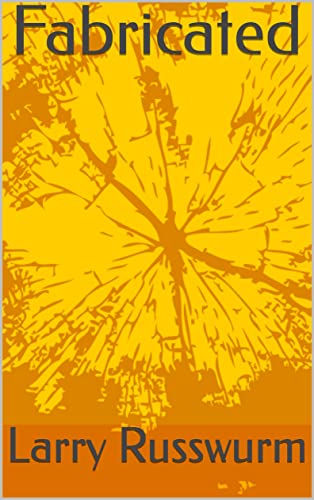It was shocking to the humans that first landed on Alexane that many of the beasts there were obviously mammals. It was more shocking that one of those beasts was the mammaral, shown below.
As shown, mammarals are almost totally covered by mammaries, and that is where their name is derived from. But even more surprising, the first time mammaral was spotted in the wild, a different species was spotted suckling from mammaral. As the shocked humans watched, mammaral pushed the other creature from teat to teat, thus presumably satisfying both creatures.
Intrigued, humans set up a watch on mammaral and found that the other species would first bring food to mammaral. Then about an hour after mammaral was finished eating, it would allow the creature to suckle.
This was found again and again for various creatures. But it was found that they would take to mammaral the foods that they liked and then suckle. Perhaps mammaral’s milk reflected the different tastes that other creatures liked. Perhaps the process ensured the other species would not be poisoned by mammaral’s milk.
Finally, when it was deemed safe, humans tried it, too. The first to go said the first suckle was as good as the food that they had given mammaral, the next teat was even better and finally the last suckle was almost ambrosia. Needless to say all the humans soon wanted to try.
A breeding pair of mammarals were by far the largest thing the human explorers wanted to bring back to earth. Since it was such a commitment, the explorers consulted earth dairy experts via ansible.
Those experts were intrigued and insisted upon measurement. It was found, except when pregnant, that nearly all the mass the mammaral took in as food was converted to milk. The experts worried about marketing because of this.
They said that food competitors would just say, “not only does mammaral’s $#!+ not stink, spacefarers are trying to make you eat it.”
As a result, no mammaral made it to earth on that first shipment.


